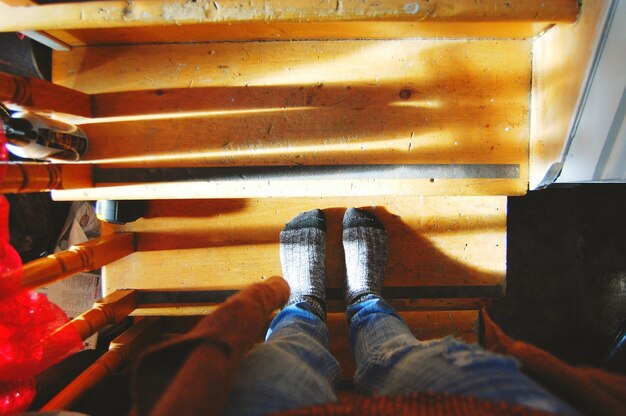Measuring Your Roof for Shingles: A Step-by-Step Guide
Getting ready to re-shingle your roof? One of the first steps is accurately measuring your roof to determine how many shingles you need. Having the right number of shingles not only saves money but also ensures you don’t run short mid-project. Here’s a practical guide to help you measure your roof effectively.
Gather Your Tools
Before you start, make sure you have the following tools:
- Measuring tape
- Ladder
- Calculator
- Notepad and pencil
- Safety equipment (like a harness and sturdy shoes)
Calculate the Roof's Area
Step 1: Measure the Length and Width
Begin by sketching a basic outline of your roof on a notepad. For each section of the roof:
- Measure the Length: Climb up the ladder carefully and measure the length of one side of the roof.
- Measure the Width: Next, measure the width from the peak of the roof (ridge) to the edge (eave).
Step 2: Calculate the Square Footage
Once you have these measurements:
- Multiply the length by the width to get the area in square feet.
Step 3: Consider the Roof's Slope
Roofs are not flat, and the angle (or pitch) affects the actual area. To adjust for this:
- Find the Roof's Pitch: Common roof pitches are written as the number of inches it rises vertically per 12 inches horizontally.
- Use a Pitch Multiplier: Based on your roof’s pitch, use a pitch multiplier (generally available in roofing guides or online). For instance, a 4/12 pitch uses a multiplier of 1.06.
Step 4: Calculate Total Roof Area
Multiply the flat area by the pitch multiplier to obtain the total square footage of your roof.
Order Enough Shingles
Once the total square footage is determined, you’ll need to purchase shingles. Given that shingles are often sold in "bundles" covering about 33 square feet:
- Divide the Total by Coverage: Divide your total roof area by the coverage per bundle to estimate the number of bundles needed.
- Add Waste Allowance: Add about 10-15% extra for waste due to cutting and overlaps, especially if your roof has dormers or is unusually shaped.
Explore Financial Assistance for Your Roofing Project
Replacing a roof is a significant investment. Whether you're DIY-ing or hiring professionals, explore various programs and resources:
👉 Government Aid Programs:
- Weatherization Assistance Program (WAP): Helps reduce energy bills by offering insulation and weatherproofing services.
- Federal Housing Administration (FHA) Loan: For major repairs and renovation, including roof replacement.
👉 Financial Assistance Options:
- Home Equity Loans: Tap into your home’s equity for larger projects.
- Personal Loans: Unsecured loans that might offer flexibility for home improvements.
👉 Credit Card Solutions:
- 0% Interest Credit Cards: Some credit cards offer promotional 0% APR periods, which might help spread the cost of your project interest-free.
👉 Educational Grants:
- While more relevant to those in learning industries, some states offer rebates or grants for energy-efficient home improvements, including roofs with energy-efficient materials.
Being informed and prepared makes your roofing project smoother and cost-effective. As you embark on this home improvement task, take advantage of available resources to make the process financially manageable. 🏠💡
